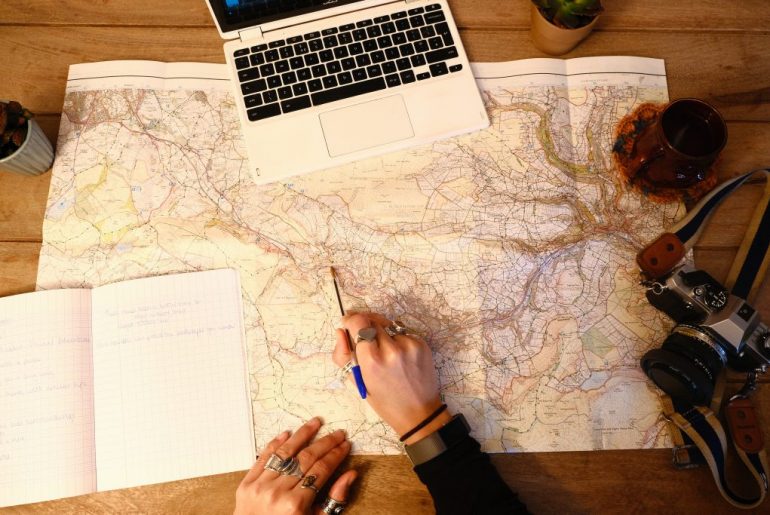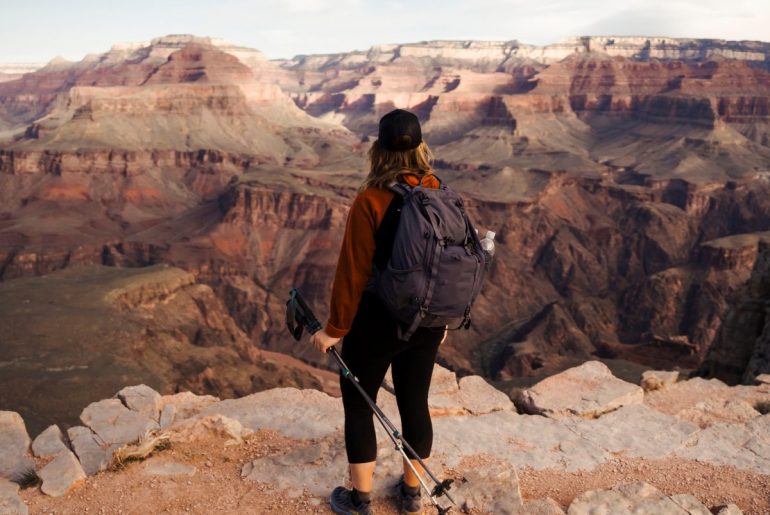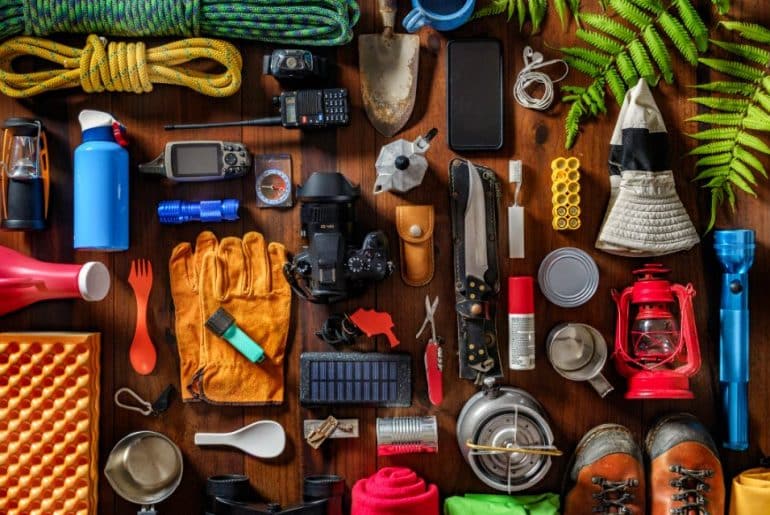A good hike can be distinguished from an amazing one by knowing how to prepare for a hiking and trekking excursion. These preparation tips mainly focus on preparing for a multi-day hike, even though we provide many day hikes and multi-day treks. This article also offers helpful advice on how to get ready for day hikes if that’s more what you’re seeking.
How can you best prepare for a hike?
Preparing for a hiking trip in advance will prevent physical pain and over-packing, whether a day hike or a multi-day excursion.
Find some Hiking Companions
In general, hiking with others is preferable. The maximum group size is suggested to be 10 or 12 individuals by Leave No Trace and various land management organizations. Additionally, since animals tend to avoid groups, there is less chance that you will have a ruthless animal encounter.

While hiking in groups is preferable, going it alone can also be rewarding. Large groups can be challenging to remain together on the path, can be annoying to other hikers with their noise, and have a more significant adverse environmental impact. In this manner, one person can remain by their side if someone is hurt while the other two seek assistance.
Look into the Trail Options
Decide on a hiking trail after doing some study. That entails more than choosing a place based on its fantastic appearance while looking through Instagram. Look at park, blog, and trail websites. Pick up a manual.
Learn some essential details about the track: How difficult is it? The distance is. What is the elevation gain? Make sure the hike you pick is doable for you and your party.
Pick Your Trail
Decide precisely where you’re going before considering what to pack for a hiking excursion. The best advice for novice hikers unsure how to begin hiking is to take your time selecting the ideal trail.

Understanding your trail can help you discover crucial details about your planned hike, such as its difficulty, duration, and distance. Consider the following essential elements while choosing the best trail for you.
Watch Your Travel Time
Rushing or attempting to hike at night both increase the risk of accidents. Ensure that you will have sufficient time to finish your hike.
Find out how long hikes typically last, and then allow a little more time as a safety net. Remember to research how much time it will take to go there. Likewise, find out when the sun sets. After nightfall, you don’t want to be caught off guard.
How much time do you have to spend on your hike? Considering your time will help you choose a leisurely, hour-long trail or a strenuous, long-distance one.
Study Local Laws and Regulations
Many venues have policies and guidelines to safeguard the environment and guarantee a great user experience for everyone. Check the parks’ websites if you require a booking, permit, or park pass. Ask if any locations are off-limits and whether dogs and campfires are permitted.
Trail Elevation & Condition
Are you unsure of how to be ready for a high-altitude hike? Then, we advise you to think about the type of terrain that you are physically capable of hiking. The difficulty of the hike increases with elevation.
For every 305 meters (1000 feet) of added elevation, double the effort and duration of your hike by one hour. In addition, a trail is deemed steep if its elevation rises by 400 meters (1312 feet) or more in a distance of one kilometer (0.62 miles).
Nothing is more frustrating than beginning to climb a mountain and being halted by snow. You are more likely to have fun if you examine the trail conditions in advance. Even more crucially, you’ll have a considerably better chance of being secure and not losing your way in the fog.
Get Fit for Your Hike
Nothing is worse than having sore, achy joints or, even worse, an injury when you are in the middle of a multi-day walk. Physically preparing for hiking is a crucial element of hiking preparation, whether you’re a novice or an experienced trekker. The best thing you can do for your body in the weeks leading up to your hike is to prepare it for multiple days of walking.

You might be thinking, “Don’t you just go on a few treks to practice for hiking?” Of course, you should do that, but if you’re new to hiking or want to go on longer excursions to higher elevations, doing some preseason training can assist.
Here is a short rundown on how to prepare your body for hiking:
-Bolster the strength of the main muscles used by hikers. As a result, your backpack will be more securely supported by more muscular legs and a stronger core, allowing you to trek farther and harder.
-Because trekking can last all day, it strengthens the same muscular areas as well as the shoulders and lower back.
-To have a more solid foundation and be able to handle uneven terrain, improve your balance.
-Remember to do your cardio. Combine this training program with enjoyable cardio exercises like trail jogging or mountain biking.
-Getting a professional trainer for at least a month before setting off for the hike will pay off.
Dress Appropriately
Hiking is best done while dressed in clothes that wick moisture and dry quickly. In place of cotton, which absorbs moisture, this means dressing in garments made of polyester, nylon, or merino wool. As the weather changes, layer your clothing so you can add or take away items as needed.
Purchase Suitable Hiking Footwear
Enjoyable feet are the key to happy trekking. Wear trail runners or hiking footwear that fit you well and have good traction. Wear wool-blend socks to avoid blisters, or tape up any trouble spots beforehand. Also, remember to trim your toenails.
How to pack for a hike
The key to packing for a hiking excursion is choosing the appropriate type of backpack. On most tours, you should bring a compact 25–40 L backpack with you. Always remember that it’s crucial to pack as lightly as possible while still having access to the necessities.

Typically, you’ll put a water bottle, food, rain gear, and a few extras like sunglasses and extra layers into your daypack. In addition, remember to bring your water shoes if your hike involves crossing a river.
10 Hiking Essentials for a hike
On every hike, you should bring the following ten safety items:
-Warm clothing
-Map and other navigation aid
-Food and water
-First aid kit
-Knife
-Emergency shelter
-Firestarter
-Headlamp
-Sunscreen
-Communication device



